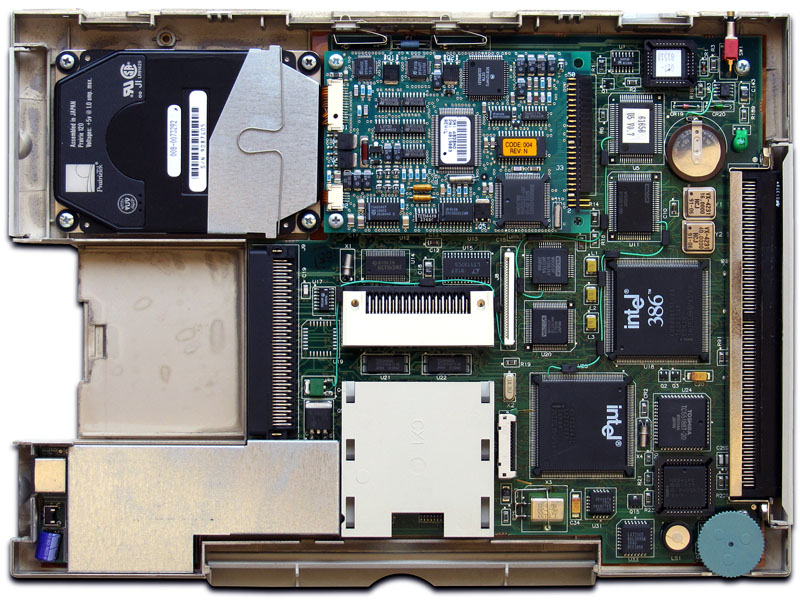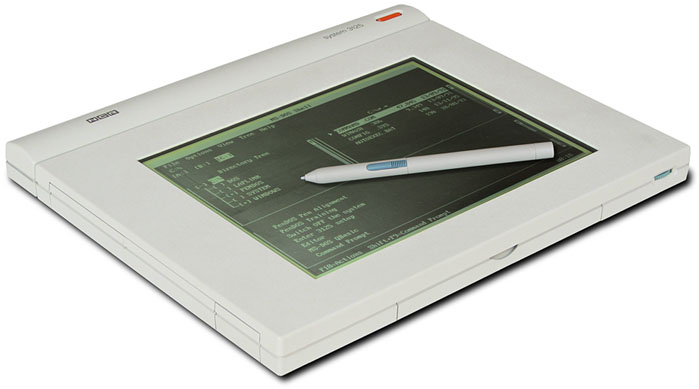|

|

 NCR designed the System 3125, but in September 1991, desiring a greater foothold in the computer business, AT&T
buys NCR Corp. for $7.4 Billion. It was a disastrous
relationship - exactly four years later, in September 1995,
AT&T spun off the company,
which had been name AT&T Global Information Solutions, back into NCR.
NCR designed the System 3125, but in September 1991, desiring a greater foothold in the computer business, AT&T
buys NCR Corp. for $7.4 Billion. It was a disastrous
relationship - exactly four years later, in September 1995,
AT&T spun off the company,
which had been name AT&T Global Information Solutions, back into NCR.
|
